The basic theme of the book, at its simplest, is that every human personality consists of hundred of different personalities - within every man there lurks a wolf. Accordingly the tendency of my piece is for all its musical material to become distorted, either by thematic transformation or by changes of timbre. There are three movements played without a break. The first is a character portrait of the Steppenwolf. The second is concerned in the most general sort of way with the dance elements in the novel - Harry's being taught to dance and appreciate low 'popular' music - a tango is recapitulated in a waltz and 'Yearning', a popular song of the time (1927) is hinted at. The third movement concerns the Masked Ball and the Magic Theatre. Mozart is one of Hesse's great loves and he is repeatedly mentioned in the book. Inevitably some Mozart quotes have been worked in, the most significant being a reference to The Magic Flute 'fire and water' flute theme in the middle of the second movement. Long before I finished the piece, I was disenchanted with the work of Hesse.
Much of Steppenwolf I now find rather embarrassing and the claims currently made for Hesse's greatness seem to me exaggerated. Since my piece is in no important sense programmatically specific, this change of heart doesn't really matter.
© David Blake
| Instrument | Cello |
| Genre (Fx Pop, Rock, Barn m.m.) | Post-1900 |
| Typ (fx Lärobok, samling m.m.) | Instrumental Arbete |
| Sidor | 12 |
| Media | Noter |
| Publisher/Producent | Novello & Co Ltd. |
| Bidragsgivare | Blake, David (Artist) |
| Språk | Engelska |
